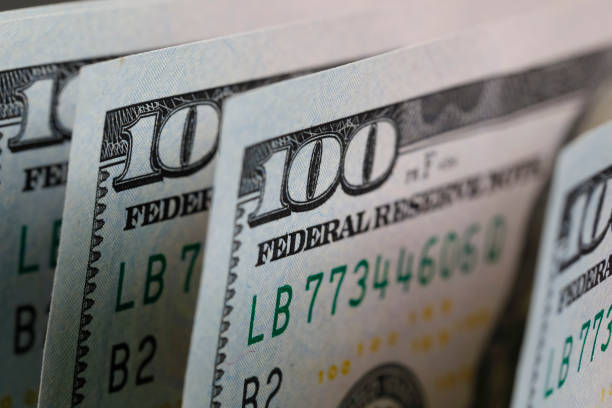BUZZ-FX options wrap - EUR/USD leads post-Trump USD risk cull

Implied volatility gauges the FX realised volatility risk that is a key part of an option premium - it has slumped since traders sold options that would have hedged the risk of Donald Trump enacting trade tariffs on day one of his presidency.
EUR/USD is at the fore, with the entire 1-12-month expiry curve at new 2025 lows from levels close to recent and 2-year highs early Monday. Benchmark 1-month expiry is 7.8 from a 9.4 peak and 1-year 7.4 from 8.0. Risk reversals are slower to lose their EUR put/USD call implied volatility premium, with 1-month still 0.7 from 0.85.
GBP/USD follows suit - 1-month implied volatility down over 1.0 to 9.2, AUD/USD 1-month from 11.0 to 10.3 and USD/JPY 1-month from 10.85 to 9.85 early Monday. One-week USD/JPY implied volatility is now sub 11.0 and suggests value when compared to current 1-week historic/realised volatility at 11.8, especially through Friday's Bank of Japan policy announcement.
Trump did threaten Canada and Mexico with tariffs as soon as Feb. 1 in early Asia Tuesday, which stalled the post inauguration USD decline and saw related currencies take a hit and reignite demand for related options. USD/CAD 1-month expiry implied volatility had retraced the Friday-Monday 7.7 to 8.9 spike before regaining 8.0.
USD/CNH implied volatility took a hit from Monday's highs and stays heavy for now, despite the spot market bouncing from setback lows. Benchmark 1-month expiry implied volatility is down 1.0 to 5.5 Monday-Tuesday.
For more click on FXBUZ
(Richard Pace is a Reuters market analyst. The views expressed are his own, editing by Ed Osmond)
((Richard.Pace@Thomsonreuters.com))





